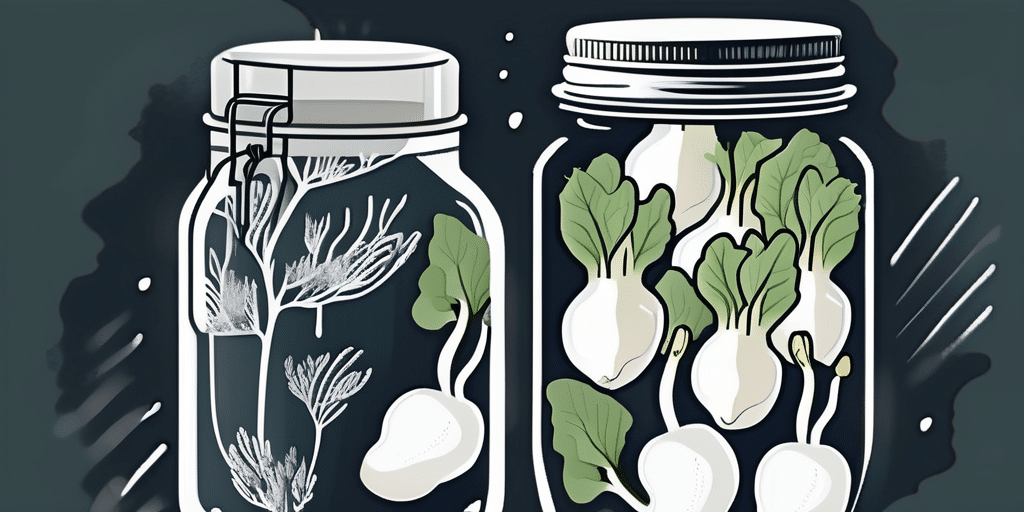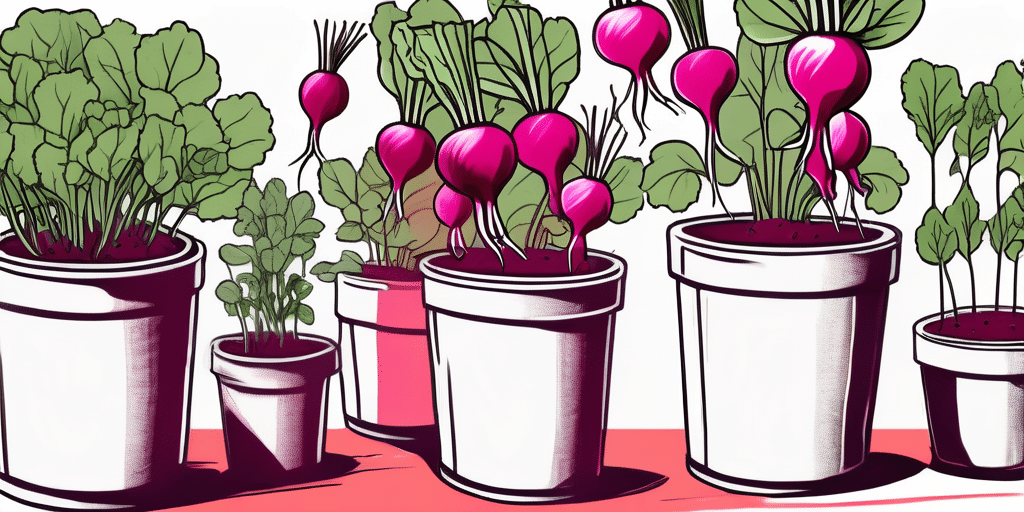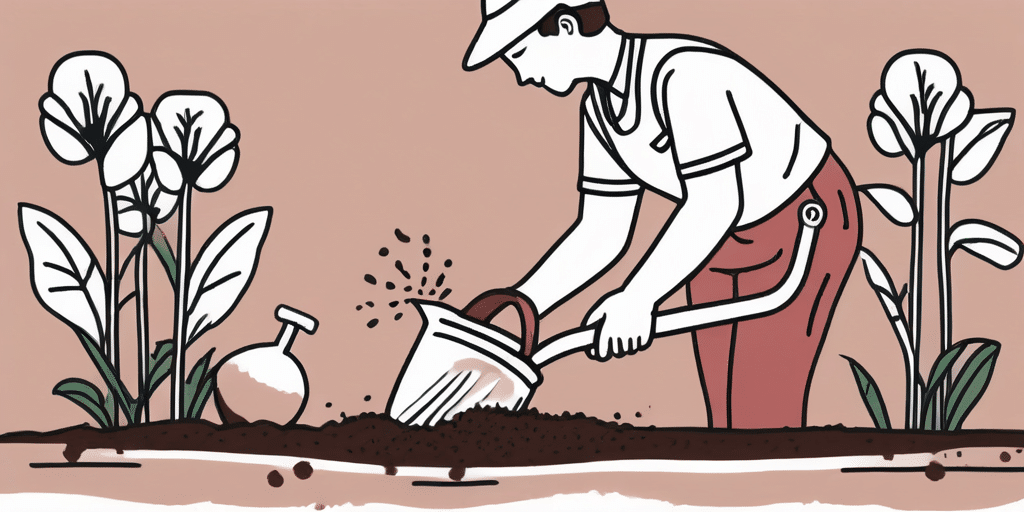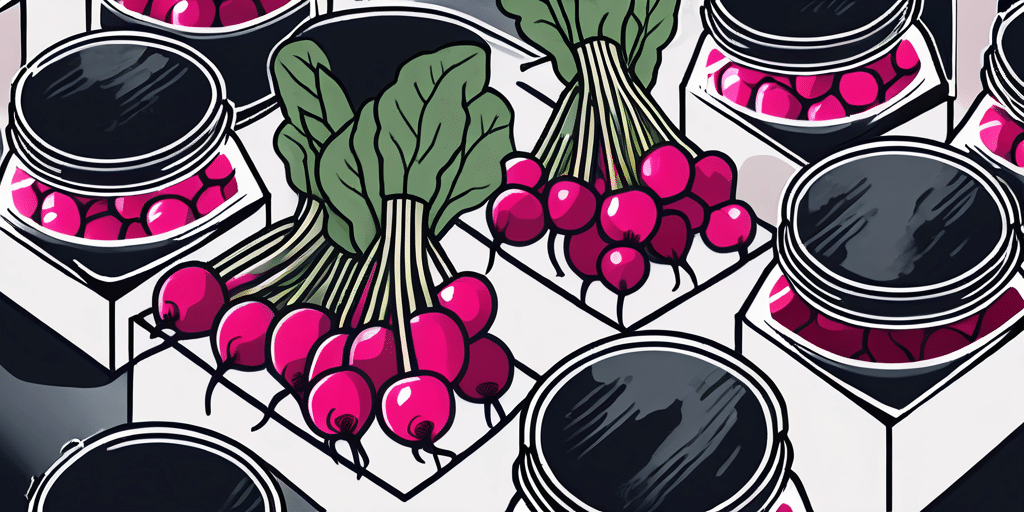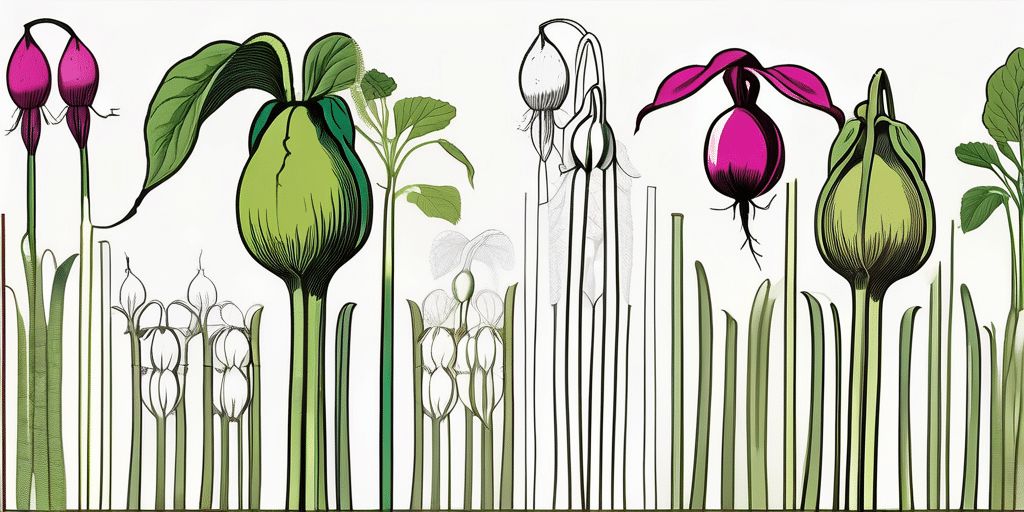White Icicle radishes, known for their crisp texture and mild flavor, are a popular choice among gardeners. These radishes are not only easy to grow, but they also mature quickly, making them an ideal choice for those who want to enjoy fresh produce in a short amount of time. However, like any plant, they require careful handling during transplantation to ensure they thrive in their new environment.
Understanding White Icicle Radishes
White Icicle radishes, also known as winter radishes, are a variety of radish characterized by their long, slender shape and white color. They are typically 5 to 8 inches long and have a mild, slightly sweet flavor. These radishes are a cool-season crop, which means they prefer to grow in cooler temperatures.
Their growth cycle is relatively short, with most varieties maturing in just 22 to 30 days. This makes them an excellent choice for gardeners who want to enjoy a quick harvest. However, despite their fast growth, they require specific conditions to thrive, particularly when it comes to transplantation.
When to Transplant White Icicle Radishes
Transplanting radishes, including the White Icicle variety, is not a common practice. This is because radishes are generally direct sown and grow best when their roots are undisturbed. However, there may be circumstances where transplanting is necessary, such as when you need to move them to a larger garden space or when you want to extend their growing season by starting them indoors.
When transplanting is necessary, it’s crucial to do it at the right time to minimize stress on the plants. The best time to transplant White Icicle radishes is when they are still young, about two weeks after sowing, when they have developed their first true leaves. At this stage, the plants are still small enough to handle without damaging the roots, but they are also strong enough to withstand the transplanting process.
How to Transplant White Icicle Radishes
Step-by-Step Guide
Transplanting White Icicle radishes requires careful handling to avoid damaging the tender roots. Here is a step-by-step guide on how to do it:
- Prepare the new planting site. The soil should be loose and well-draining. Add compost or well-rotted manure to improve soil fertility.
- Water the radishes in their current location a few hours before transplanting. This makes it easier to remove them from the soil.
- Using a garden trowel, gently dig around the radish plants, taking care not to damage the roots.
- Lift the plants carefully and shake off excess soil from the roots.
- Make a hole in the new planting site that is deep enough to accommodate the roots. Place the radish plant in the hole and backfill with soil, firming it gently around the roots.
- Water the transplanted radishes thoroughly.
- Monitor the plants closely for the next few days. Water regularly and protect from extreme weather conditions.
Important Considerations
While the process of transplanting radishes is relatively straightforward, there are a few important considerations to keep in mind:
- Radishes prefer cool temperatures. Transplanting should be done early in the morning or late in the evening to avoid heat stress.
- Radishes need plenty of sunlight. Choose a planting site that receives at least six hours of direct sunlight each day.
- Radishes require well-draining soil. Poorly drained soil can lead to root rot and other diseases.
- Radishes are fast growers. Monitor their growth closely and harvest when they reach the desired size to avoid them becoming woody and tough.
Post-Transplant Care
After transplanting, the White Icicle radishes will require some special care to help them establish in their new location. This includes regular watering, especially in the first few days after transplanting, to help the plants recover from the stress of being moved. However, be careful not to overwater, as this can lead to root rot.
Additionally, consider applying a balanced fertilizer to provide the necessary nutrients for growth. According to the University of Minnesota Extension, radishes benefit from a fertilizer with a ratio of 1-2-2 (N-P-K).
Finally, keep an eye out for pests and diseases. Common pests that affect radishes include flea beetles, root maggots, and aphids. If you notice any signs of these pests, take action immediately to prevent them from damaging your crops.
Conclusion
Transplanting White Icicle radishes can be a bit tricky due to their delicate roots, but with careful handling and proper timing, it can be done successfully. Remember to transplant when the plants are still young, provide them with the right growing conditions, and give them the care they need after transplanting. With these tips in mind, you can enjoy a bountiful harvest of crisp, delicious White Icicle radishes.
Join Our Gardening Community
Ready to take your White Icicle radish harvest to the next level? Subscribe for free to How to Grow Everything and unlock a treasure trove of expert gardening advice tailored just for you. Whether you’re a novice or a seasoned green thumb, our personalized tips will help you build the garden of your dreams. Enjoy exclusive special offers and insightful articles delivered directly to your inbox—no spam, just the best gardening tips and deals. Join our family of garden enthusiasts and start growing smarter today!

